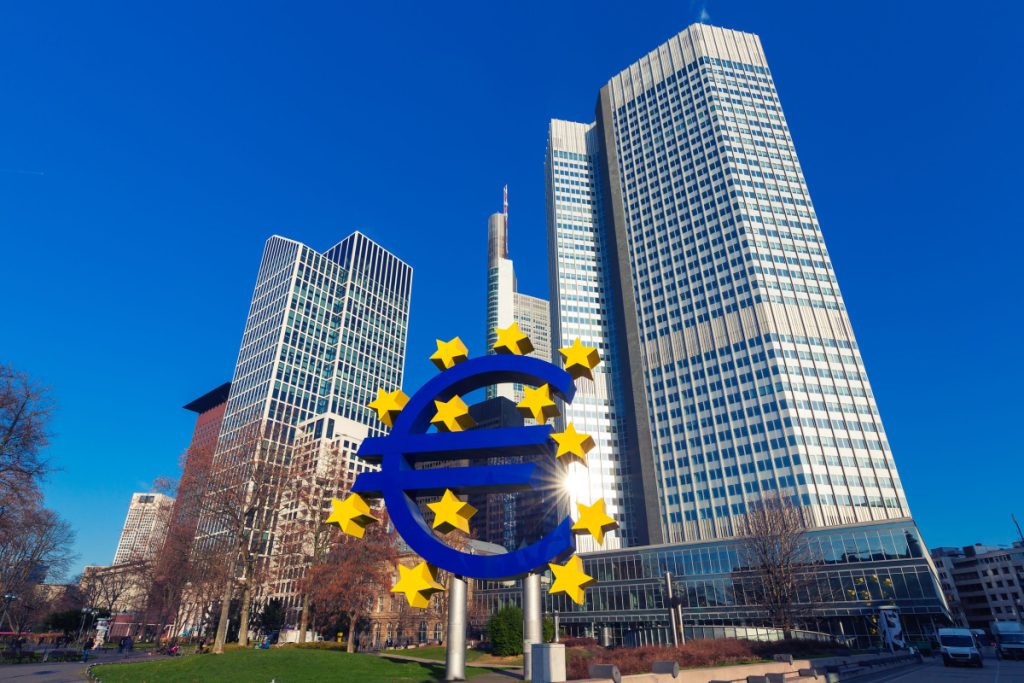The decision of the European Central Bank (ECB) to proceed with plans to introduce a central bank digital currency (CBDC) – the digital euro – has been praised as ‘a reassuring step’.
The preparation phase will commence 1 November 2023 and will last two years as the ECB and the Eurosystem map out design elements for the digital euro, as well as establishing a rulebook for it to be widely accessible for all consumers and businesses within the EU.
Jack Fletcher, Head of Government Relations for Digital Currencies at R3, emphasised the importance of the move, specifically with a backdrop of contention around the introduction of CBDCs.
He said: “The European Central Bank’s decision to move into the digital euro’s preparation phase is a reassuring step amidst what has become a rather contentious issue within the bloc.
“Some Europeans may still have lingering concerns around the digital euro, as CBDCs have become conflated with the crypto landscape and subsequent privacy concerns over the potential for a cashless society.
“In the short term, a digital euro is more likely to represent a third form of money alongside physical cash, rather than a replacement. Now, the next few months should focus on fostering collaboration between the ECB, regulators, and technology providers to ensure a robust design process.”

After the two year process is over, the Governing Council of the ECB will deliberate on whether to move to the next stage of its roadmap, which would include plans for potential issuance and the roll-out of the CBDC.
The ECB began its CBDC programme back in October 2021 during its research phase to explore potential design and distribution models for the digital euro.
The preparation phase will look to build on that research by looking into use cases for the digital currency, such as integrating it into payment service providers’ apps or a dedicated digital euro app looking to be developed by the Eurosystem.
An ECB statement read: “The design envisages the digital euro as a digital form of cash that could be used for all digital payments throughout the euro area. It would be widely accessible, free for basic use and available both online and offline.
“It would offer the highest level of privacy and allow users to settle payments instantly in central bank money. It could be used from person-to-person, at the point of sale, in e-commerce and in government transactions. No digital payment instrument offers all these features. The digital euro would fill that gap.”
Other considerations the ECB board will take into consideration during the preparation phase will be to meet the requirements set out by the Eurosystem and user needs, in terms of user experience, privacy, financial inclusion and environmental footprint.
Fletcher also drew attention to the privacy concerns that have impacted public perception on CBDCs, as he concluded: “The privacy concerns and conflicting ideas around financial freedom won’t go away overnight, but having the right design framework and technology in place can help address these anxieties.”
The ECB maintains that the end of the preparation phase in 2023 does not mean that the issuance of the digital euro is a certainty, as the Governing Council will consider all variables, such as design adjustments, before the next phase can commence.























